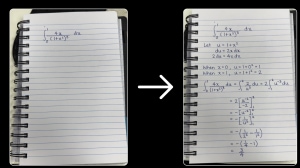-
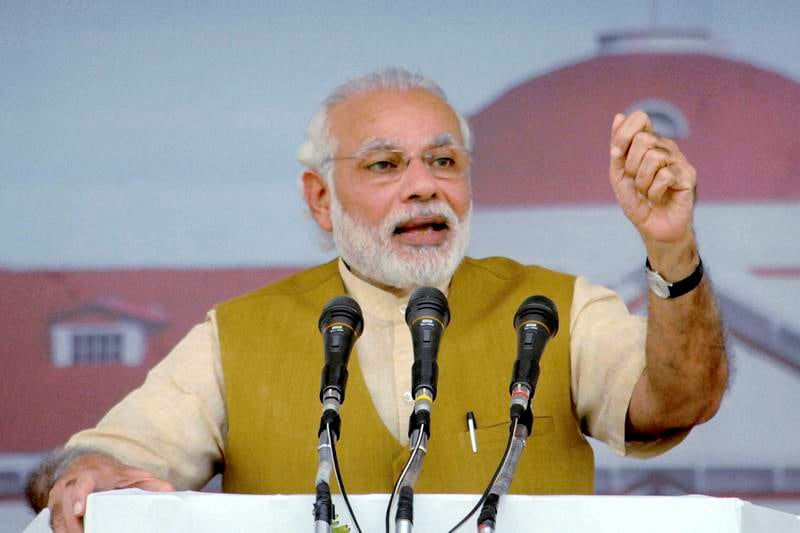
PPF rate cut: The BJP-led central government, much to the chagrin of the common man, cut the interest rates on various small savings schemes and public provident fund (PPF), citing banks' grievance that they were not able to reduce their lending rates as interest on deposits were on the high side. The banks had been saying that they are forced to pay higher interest rate on their deposits as they have to compete with the small savings schemes enjoying tax benefits. The interest rate was cut from 8.7 percent to 8.1 percent on PPF, from 8.5 percent to 8.1 percent on National Savings Certificate, from 8.7 percent to 7.8 percent for Kisan Vikas Patra and from 8.4 percent to 7.4 percent on five-year recurring deposit. Even the girl child scheme Sukanya Samridhhi Account (SSA) was not spared, with a cut from 9.2 percent to 8.6 percent. Similarly, rate cut has been announced on various term deposits. Here are top 10 key points to note about post PPF rate cut scenario: (PTI)
-
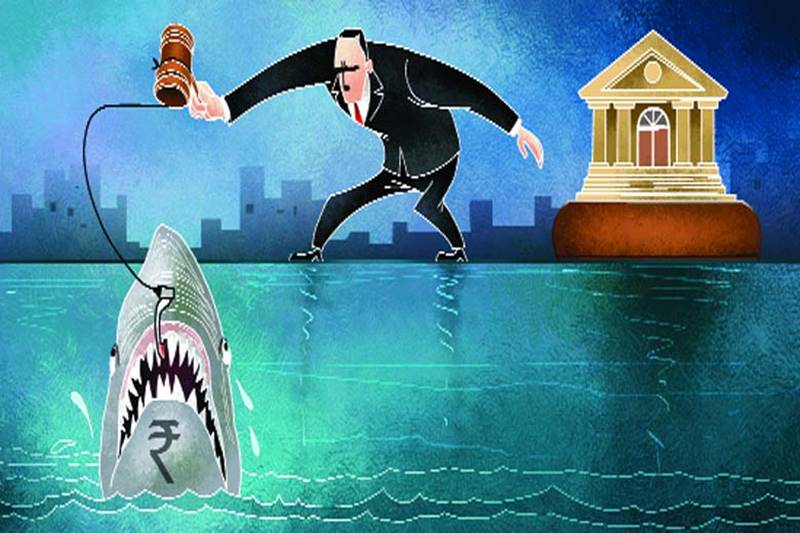
1. PPF rate cut: With banks' huge bad loans affecting profitability, they may not cut their lending rates in the near future despite the Public Provident (PPF) interest rates cut on the small savings schemes, say experts.
-
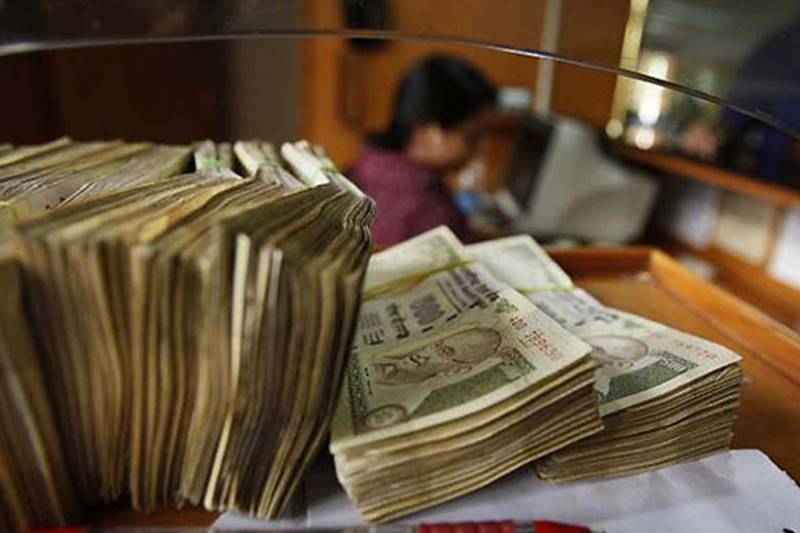
6. Now, pay no tax for PF withdrawals of up to Rs 50,000: No tax would be deducted at source for PF withdrawals of up to Rs 50,000 from June 1. The government has notified raising the threshold limit of PF withdrawal for deduction of tax (TDS) from existing Rs 30,000 to Rs 50,000. The provision will come into effect from June 1, 2016, providing relief to subscribers of retirement fund body EPFO. The government had introduced the proposal to deduct TDS on PF withdrawals in order to discourage premature withdrawal and to promote long term savings. According to existing provisions, TDS is deducted at the rate of 10 per cent provided PAN is submitted. TDS will be deducted at the rate of 10 per cent provided PAN is submitted. (Reuters)
-
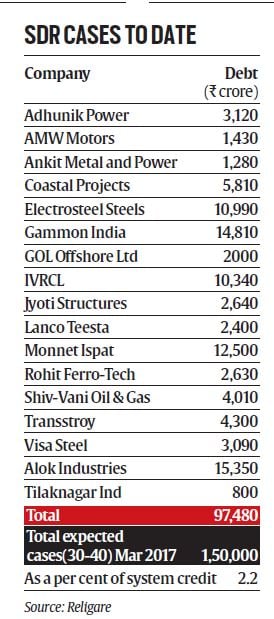
Small savings schemes interest rate: "On small savings, India's interest rates are extraordinarily high. And high interest rate prevents growth," he said. Citing the example of 8.7 per cent tax free interest on Public Provident Fund (PPF) investments, he said this translates into an interest rate of 12.5 per cent or 13 per cent including tax benefit. "Where in the world you get 12.5 per cent return of interest? So if deposit rates become 12.5 per cent, then what should lending rates be, 14 to 15 per cent? You will become the most sluggish economy in the world, if lending rates are 14 to 15 per cent," he said.
-
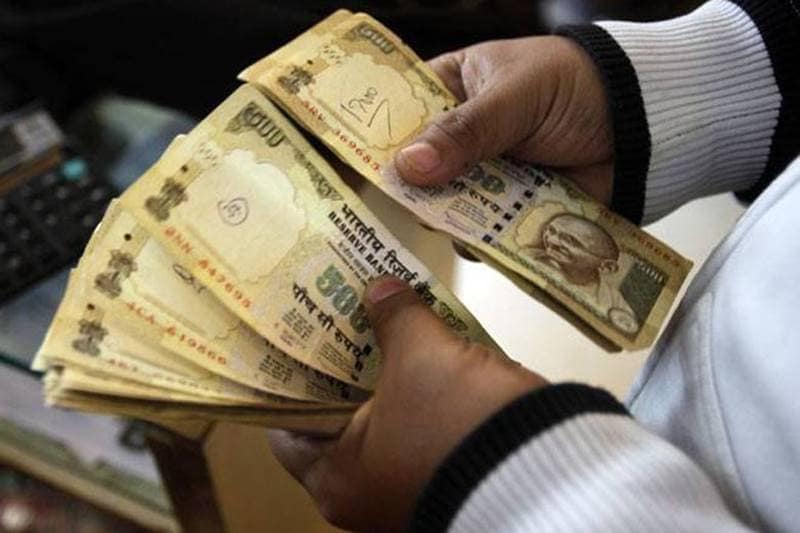
4. PPF rate cut: "Banks have been pointing out the interest rates on small savings instruments as one of the factors that have deterred them from reducing their interest rates. With the government now having made this move, banks must take an immediate cue and support the incipient economic recovery," Singh added. (PTI)
-
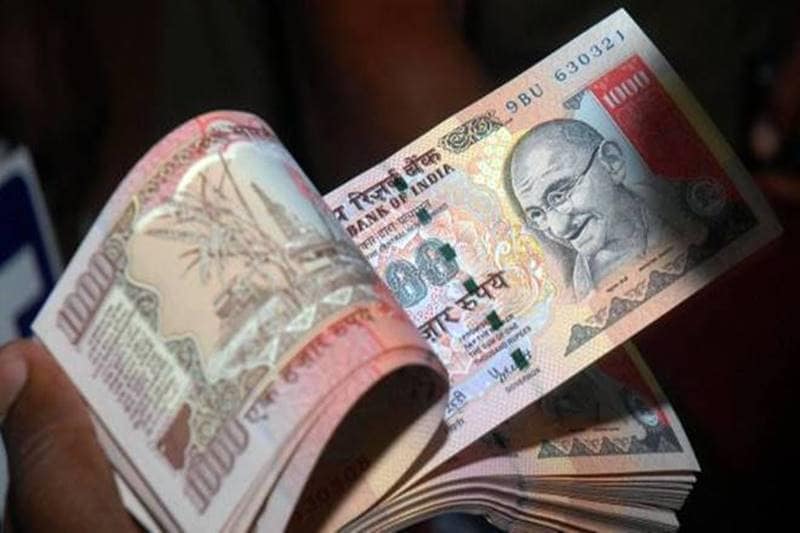
5. PPF rate cut: "In the near future the banks may not reduce their lending rates but will use this – interest cut on small savings schemes – to mobilise more deposits. If they have to kick start the economic growth, they have to mobilise deposits for lending," Saswata Guha, director, Financial Institutions at global credit rating agency Fitch Ratings, said. (Reuters)
-
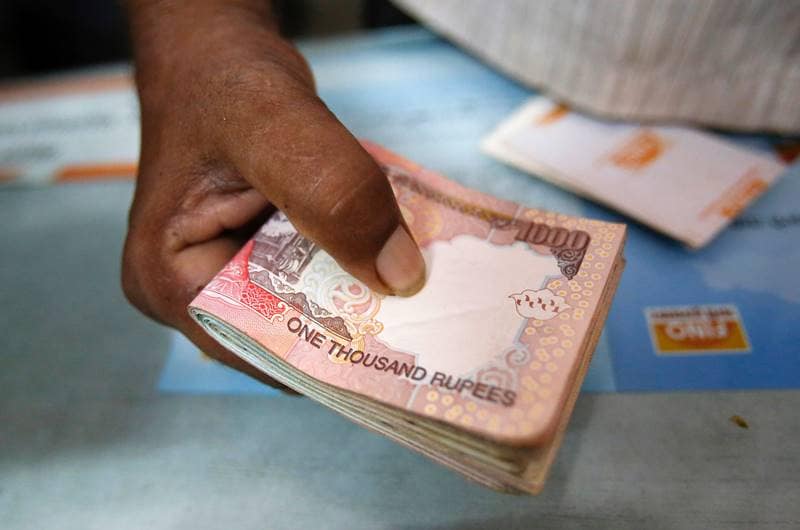
6. PPF rate cut: He also agreed that the banks have to contend with their huge bad loans and hence lending rate cuts may not happen soon. "They don't have the wherewithal to reduce their lending rates now," Guha said. (Reuters)
-
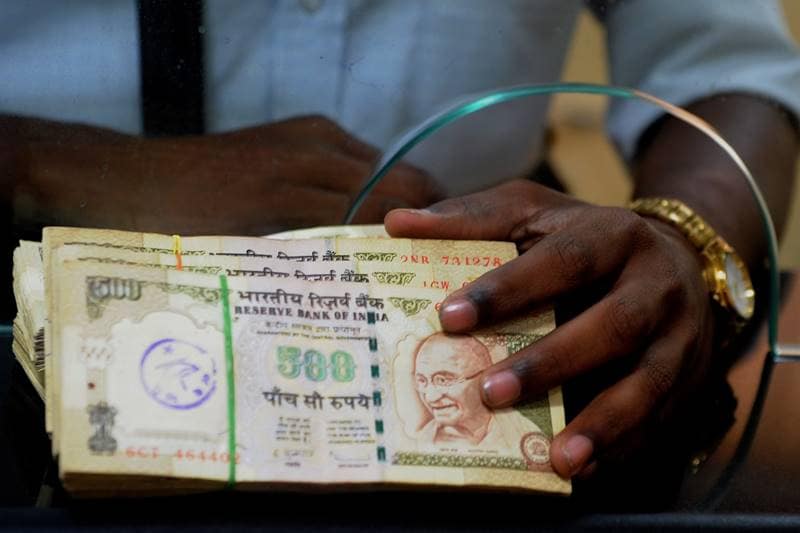
7. PPF rate cut: "The rate cut on small savings schemes is not all that bad and savers will now put some part of their money in the capital markets, mutual funds and others that give higher returns," Bhuvana Shreeram of Mumbai-based Financial Freedom Golden Practices said. (Reuters)
-
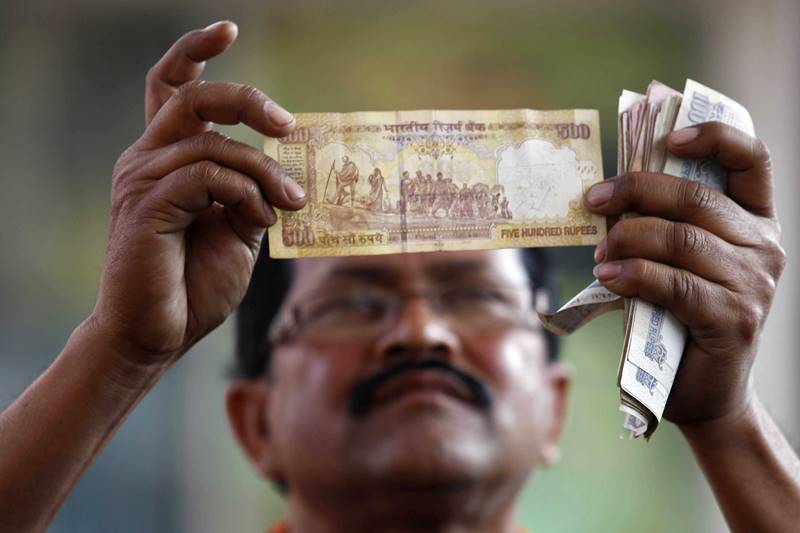
5. The entry level pay has been recommended to be raised to Rs 18,000 per month from current Rs 7,000 while the maximum pay, drawn by the Cabinet Secretary, has been fixed at Rs 2.5 lakh per month from current Rs 90,000. (Reuters)
-
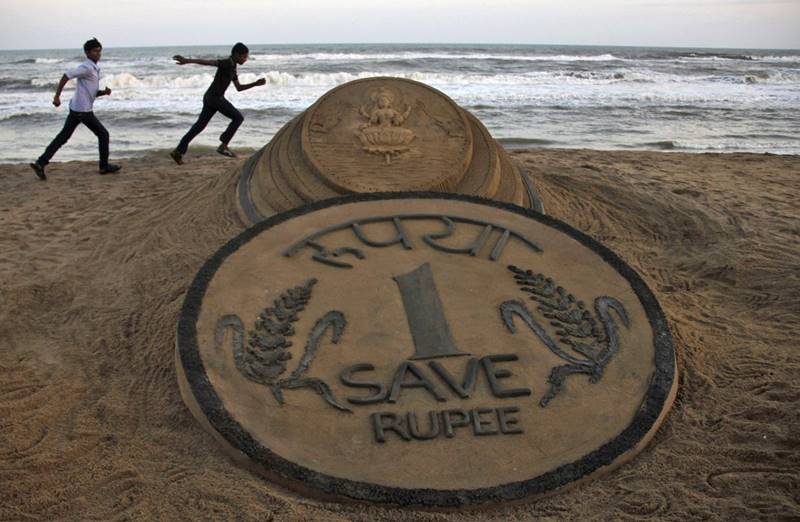
9. PPF rate cut: According to Shreeram, when GDP and per capita income goes up, people have more money to spend, and the government will increase its spending thereby creating more jobs and more capital investments will come into the country which again means more jobs. (Reuters)
-
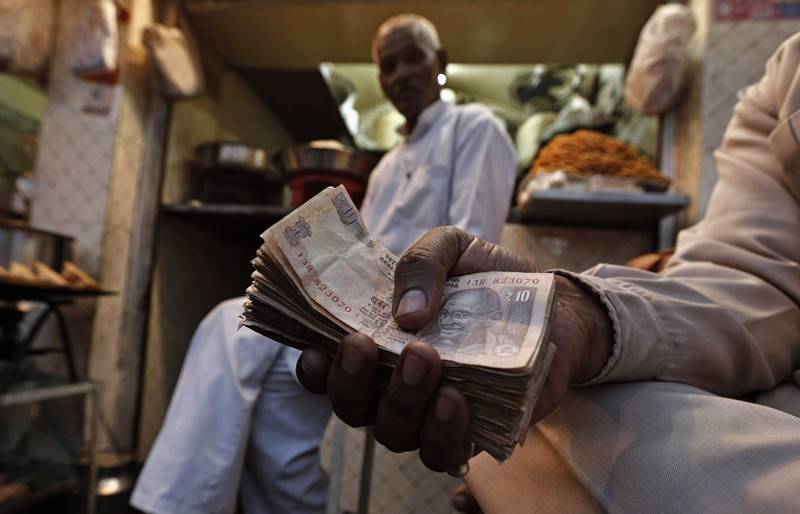
10. PPF rate cut: "Historically, through the good and bad times of the last 35 years, capital markets have given 17 percent average annual returns which is 2.5 times risk free rate," Shreeram said. (Reuters)
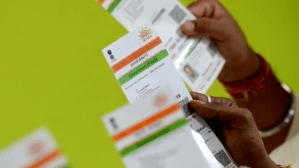
Aadhaar card online update: How to change your address online in simple steps



